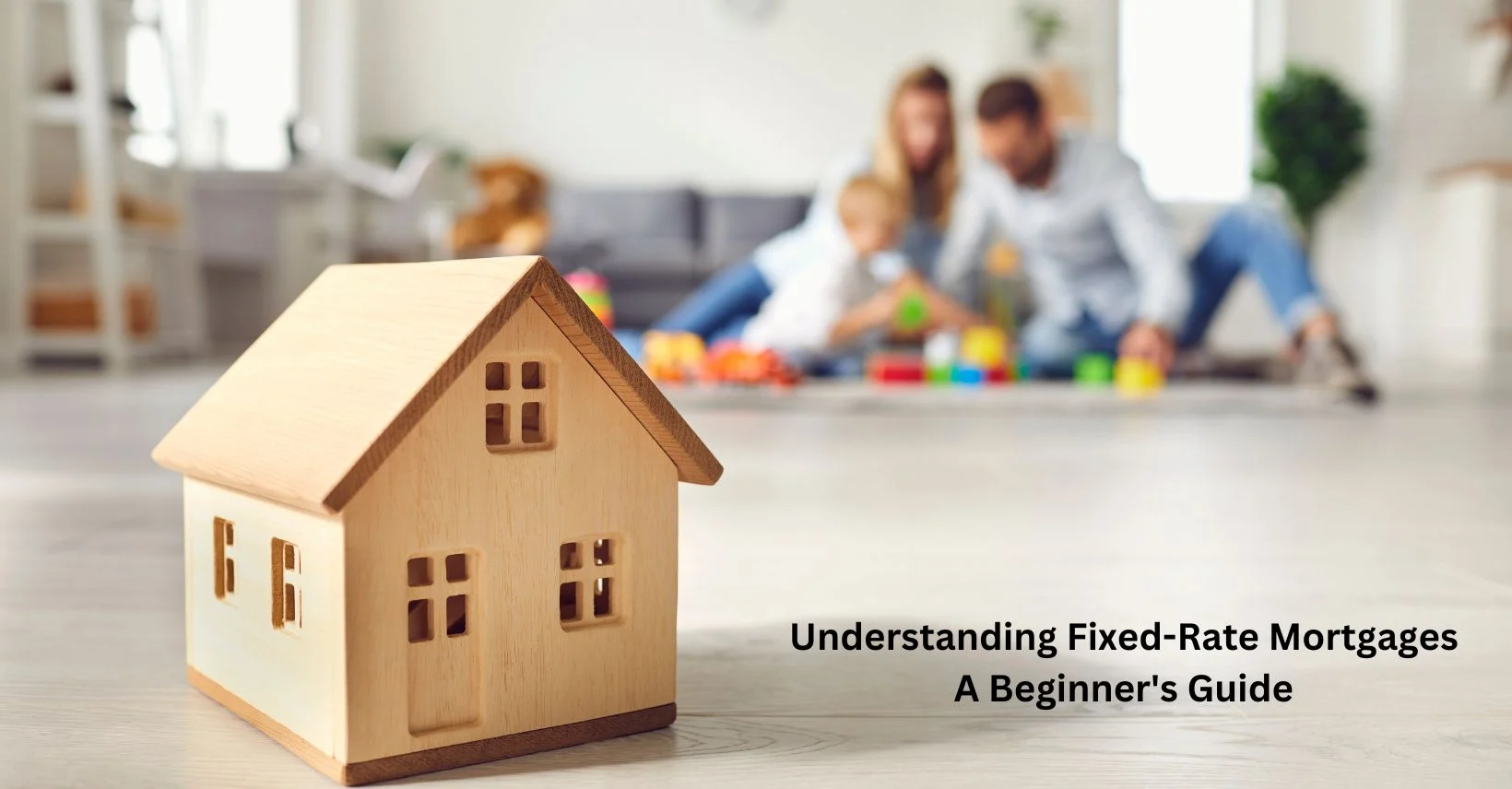A fixed-rate mortgage is one of the most popular mortgage options available to homebuyers in Ireland. But what exactly is it, and how does it work? Let’s break it down.
What is a Fixed-Rate Mortgage?
A fixed-rate mortgage is a home loan where your interest rate stays the same for an agreed period. This means your monthly repayments remain constant during this time, regardless of what happens to interest rates in the wider economy.
Key Benefits
- Predictable payments: You’ll know exactly how much you need to pay each month
- Protection from rate increases: If interest rates rise, your payments stay the same
- Easier budgeting: Fixed payments make it simpler to manage your household budget
Common Fixed-Rate Periods
In Ireland, typical fixed-rate periods include:
- 2 years
- 3 years
- 5 years
- 7 years
- 10 years
Some lenders now offer even longer terms up to 20 or 30 years.
Things to Consider
Advantages
- Peace of mind knowing your repayments won’t increase
- Protection against future interest rate rises
- Easier financial planning
Disadvantages
- Rates may be higher than variable rates initially
- Early repayment charges if you want to exit early
- You won’t benefit if interest rates fall
Making Your Decision
Before choosing a fixed-rate mortgage, consider:
- How long you plan to keep the property
- Your attitude to risk
- Current market conditions
- Your financial situation and job security
Example
Let’s say you borrow €300,000 over 30 years at a 3.5% fixed rate for 5 years:
- Your monthly repayment would be €1,347
- This payment will stay the same for 5 years
- After the fixed period ends, you can choose another fixed rate or move to a variable rate
Next Steps
If you’re considering a fixed-rate mortgage:
- Compare rates from different lenders
- Check the length of fixed terms available
- Review any early repayment charges
- Speak with a mortgage advisor about your specific situation



